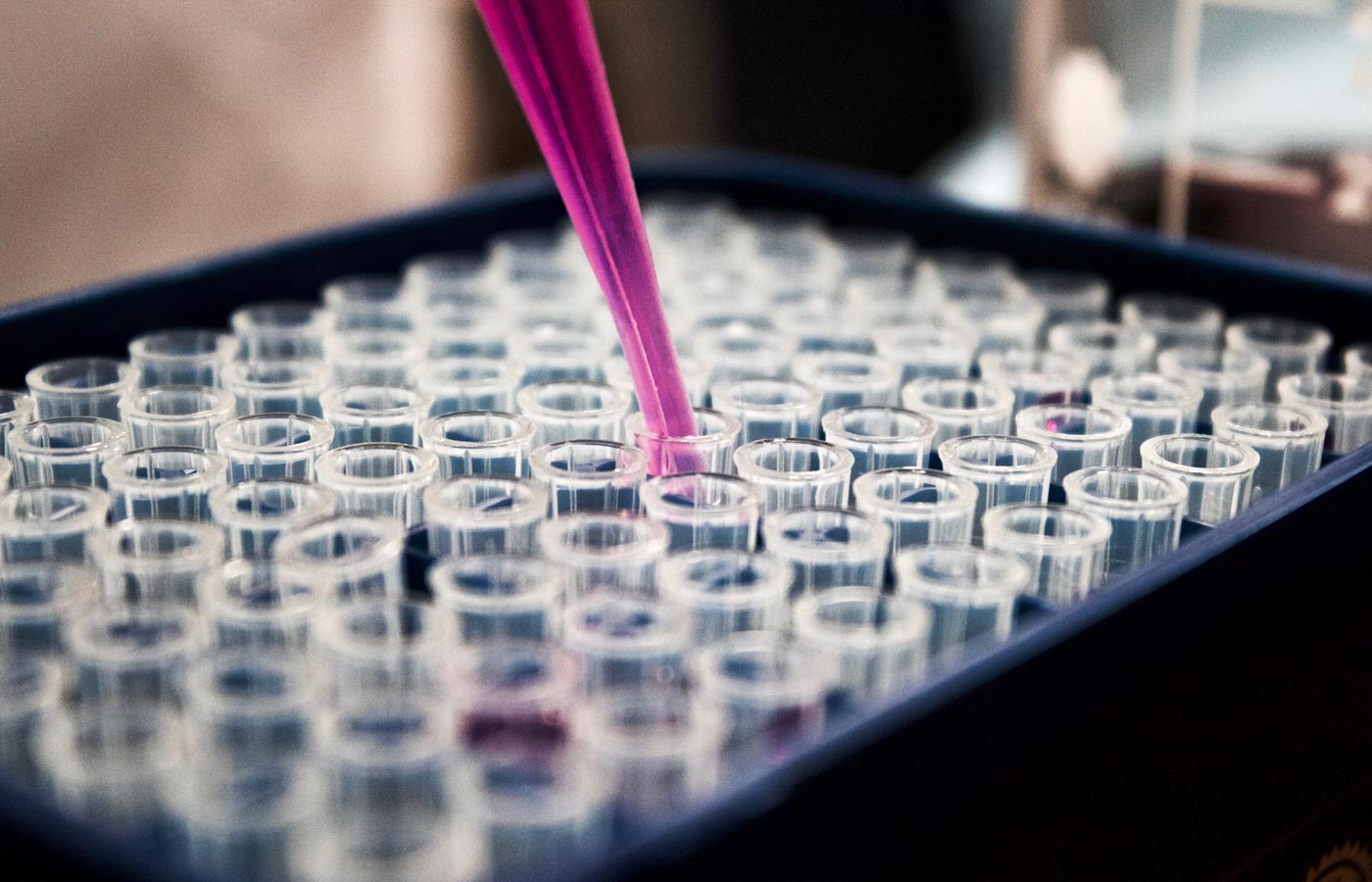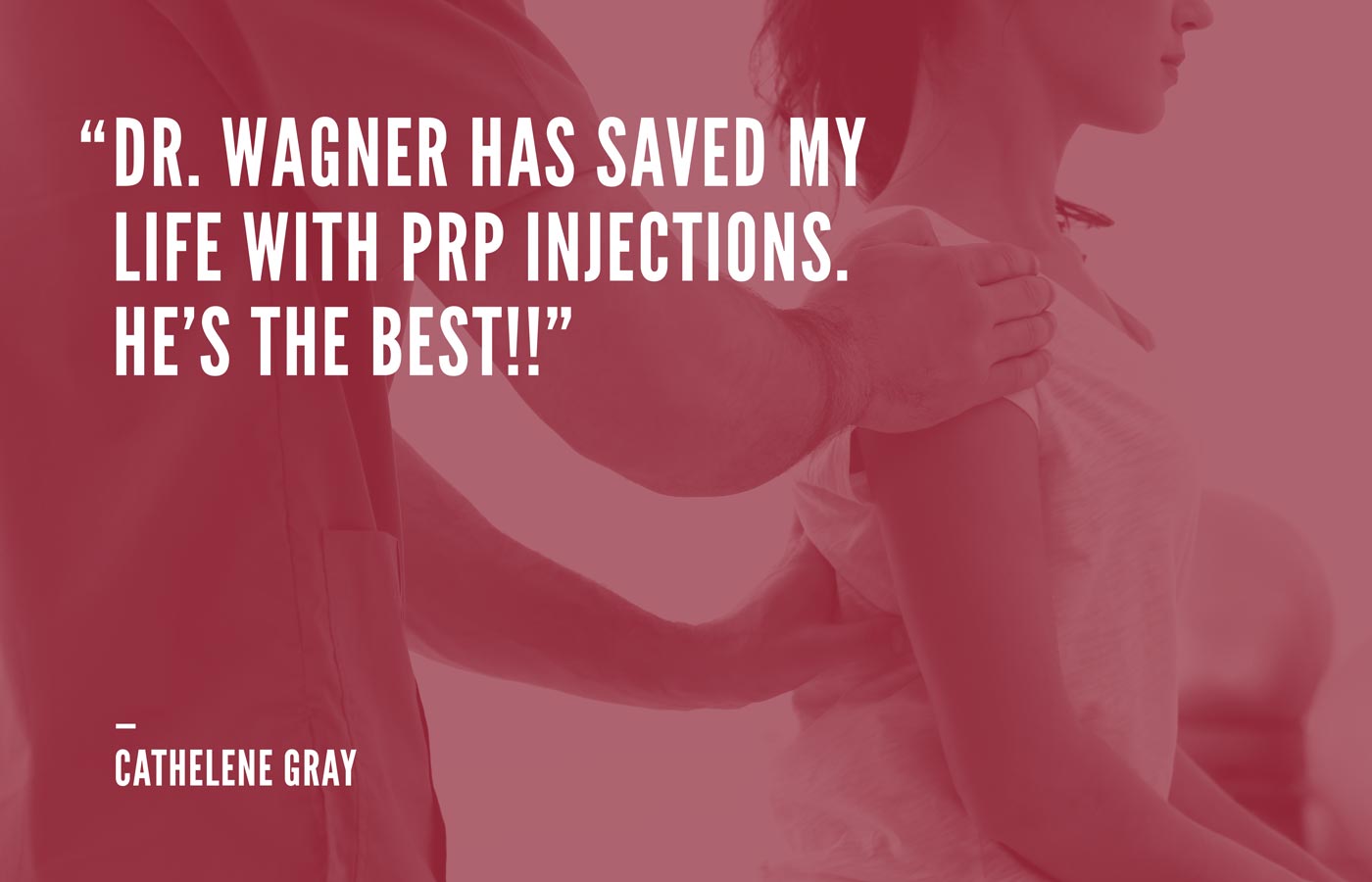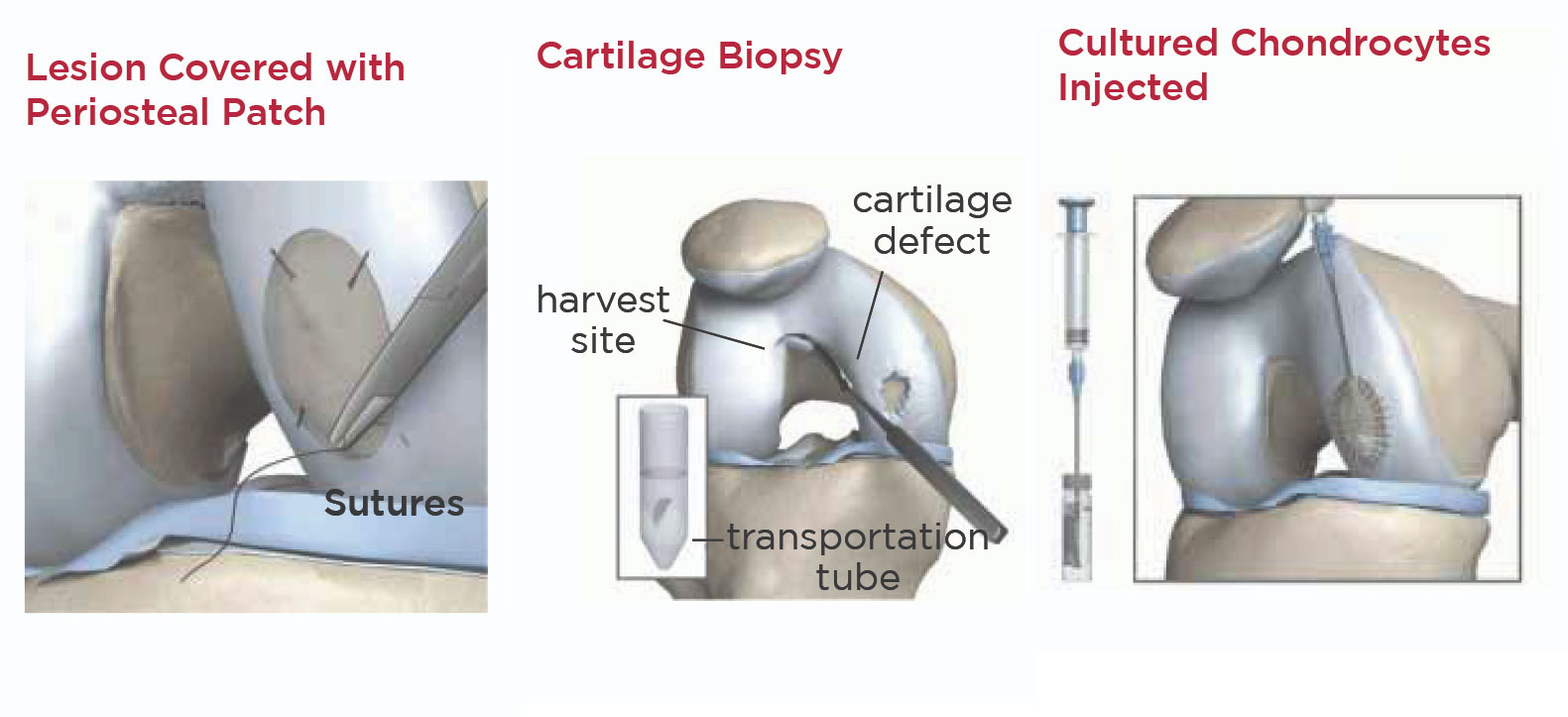1. What is osteoporosis?
Osteoporosis is a very common medical condition that is characterized by a state of low bone mass which causes bone strength to decrease and become brittle. This condition can lead to an increased risk of fractures. Warning signs of the condition include broken bones in the absence of trauma or breaks caused by falling short distances. Patients with osteoporosis most commonly fracture their spine, hip or wrist.
2. Who typically gets this condition?
Osteoporosis can affect anyone, but it most often occurs in postmenopausal women, especially thin, Caucasian females. Loss of bone mass is correlated with lower estrogen levels, so postmenopausal women have an increased risk of osteoporosis. Other risk factors include advanced age, long-term glucocorticoid therapy, low body weight, cigarette smoking, and excessive alcohol consumption. Certain medical conditions also increase the risk of osteoporosis, such as Rheumatoid arthritis, inflammatory bowel disease, diabetes, celiac disease, vitamin D deficiency, history of breast cancer, and parental history of hip fractures.
3. How is osteoporosis diagnosed?
The best way to diagnose osteoporosis is by having a dual-energy x-ray absorptiometry (DXA). DXA is the most widely used method for measuring bone mineral density because it gives precise measurements at the most common fracture sites. It is recommended that women 65 years and older and men 70 years and older with no risk factors should get a DXA scan. Women who go through menopause earlier in life, adults who have a fracture after the age of 50, and adults with a condition like Rheumatoid arthritis or who are taking long-term glucocorticoids should get a DXA scan earlier than 65 and 70.
4. How is osteoporosis treated?
Depending on the level of osteoporosis, risk factors, and personal preferences, there are various medications a person can take to treat this condition. Simple over-the-counter treatments include increasing intake of calcium and vitamin D. The most common pharmacologic therapy for osteoporosis is an oral bisphosphonate or Raloxifene. There are also injections that can be administered daily and monthly to treat osteoporosis.
5. How can you prevent osteoporosis?
Education is crucial in the prevention of osteoporosis. Partaking in regular weight-bearing and muscle-strengthening exercises can help reduce the chances of getting osteoporosis, along with smoking cessation and limiting alcohol intake. Taking calcium and vitamin D supplements and eating leafy green vegetables can also help decrease the chances of getting osteoporosis, especially in patients with known risk factors. These are all great preventive measures, and the earlier you can start them, the more effective they will be.
Contact us
If you have questions, concerns, or would like to learn more about osteoporosis and how we treat this condition at AOS, please schedule an appointment. We would love to help you and ultimately protect your body against osteoporosis.



